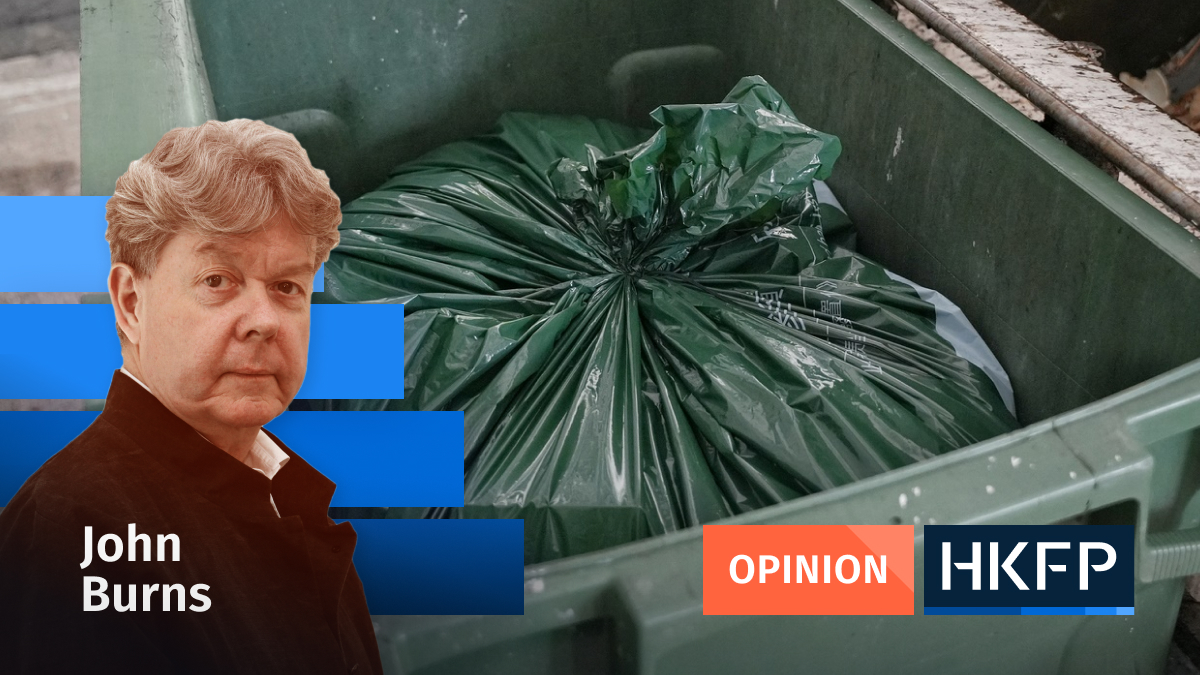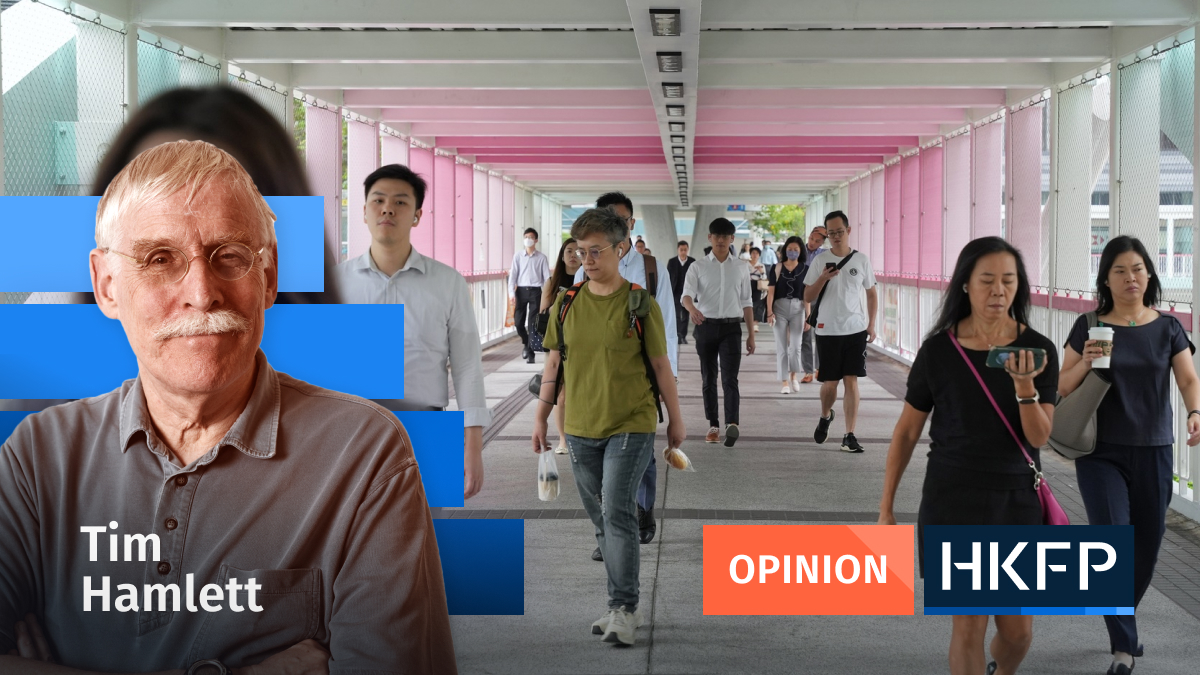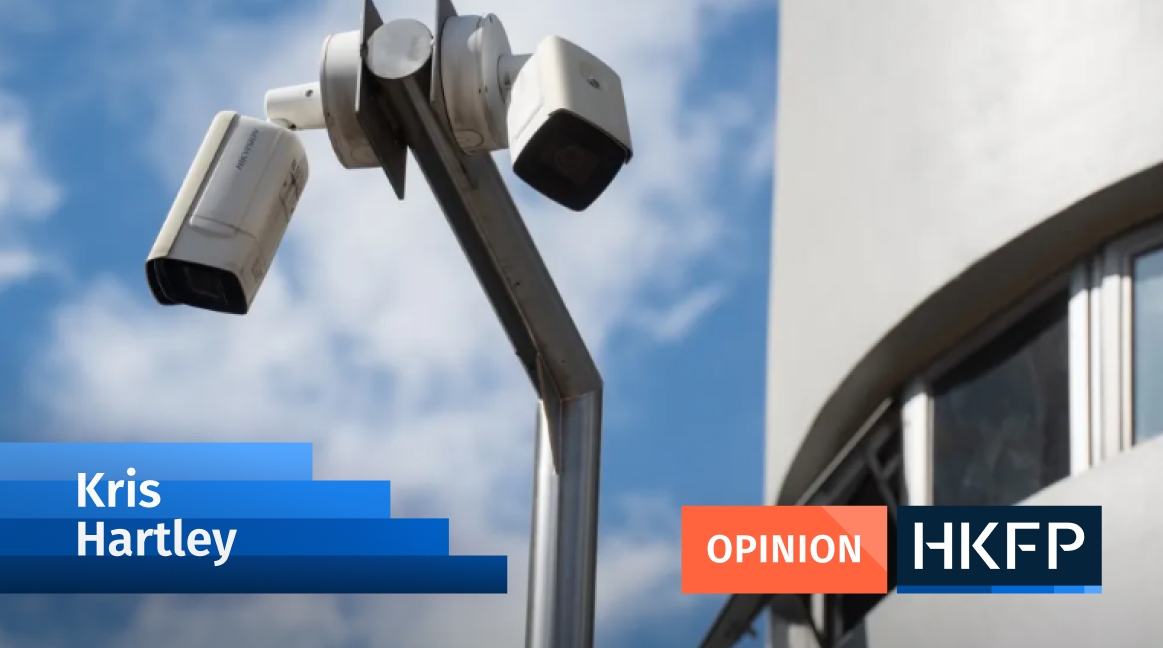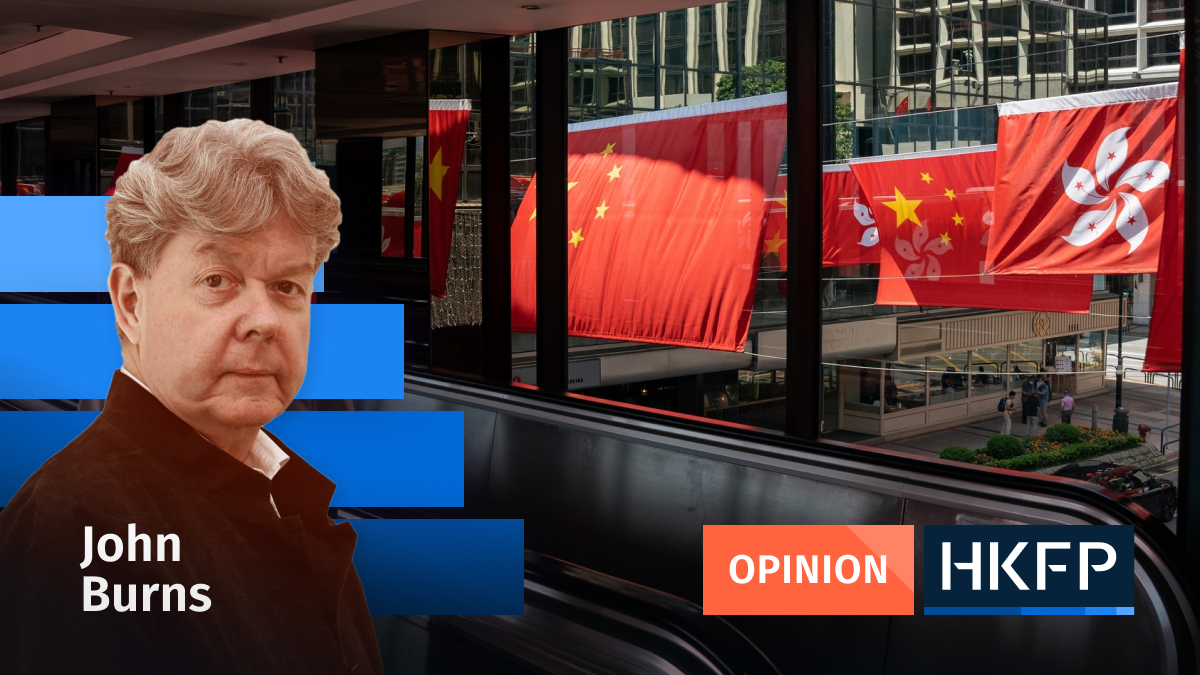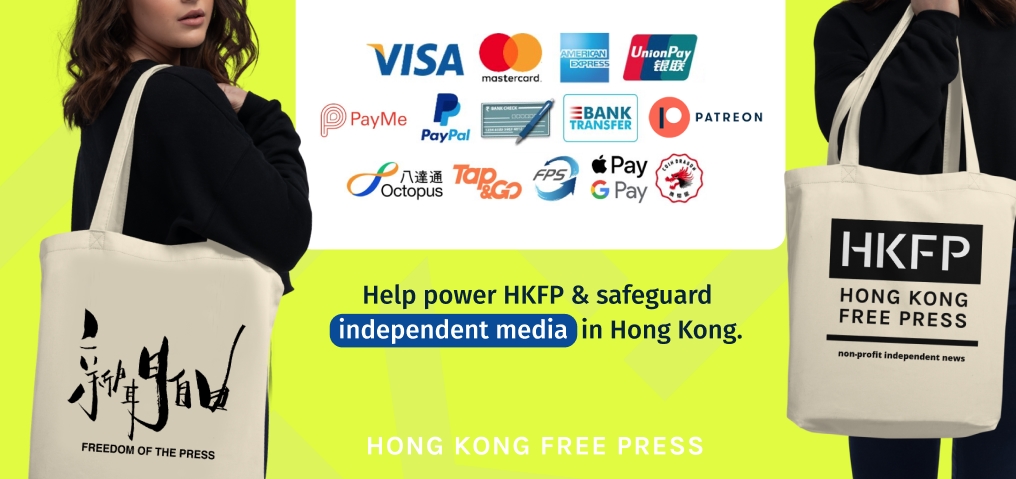Dear kaifong of the Southern District… Brace for a government-led gentrification of your beloved neighbourhood.
The disappearance of aged buildings, and displacement of people and old businesses that you have been worrying about since the construction of MTR South Island line is set to happen a lot quicker.

The “revitalised Island South” plan announced in the 2020 Policy Address is not about donating the closed Jumbo Floating Restaurant to a theme park which itself is living on government bail-out money. It isn’t about “invigorating” the district into an arts hub and tourist spot.
Wong Chuk Hang, which has an annual Art Day, is already the home of a dozen arts spaces and galleries. Tourists flocked to Aberdeen long before the opening of Ocean Park. The seemingly illogical and incoherent piecemeal measures are decoys of a government-led gentrification.
The policy address has clearly spelt out the government’s goal and method…
“By drawing on the successful experience gained from the Energizing Kowloon East initiative, we will set up a multi-disciplinary professional team under DEVB to interact and collaborate with stakeholders, as well as co-ordinate and implement the various projects under the Invigorating Island South initiative… It will expedite the redevelopment or conversion of industrial buildings in Wong Chuk Hang.”
The above is taken from Point 6 and 8 of the “revitalised Island South” in the Policy Address. The policy blueprint goes as far as gives the Southern District a new name. They called it “Island South”.

A name change is usual when old districts are “improved”. Lee Tung Street in Wan Chai, that had all the buildings bulldozed by the Urban Renewal Authority, is now Lee Tung Avenue.
Following the URA-led gentrification of Wan Chai, the Southern District is possibly the last historical area in Hong Kong Island where the streetscape and demography is the result of organic growth. This means it is possibly the last remaining area available for a wholesale gentrification.
Wong Chuk Hang will follow the footsteps of Kwun Tong. It will be an area of commercial towers, upmarket residential developments and shopping malls. Beautifying public space and improving the pedestrian connectivity, announced in the Policy Address, are essential steps to make the gentrification work.
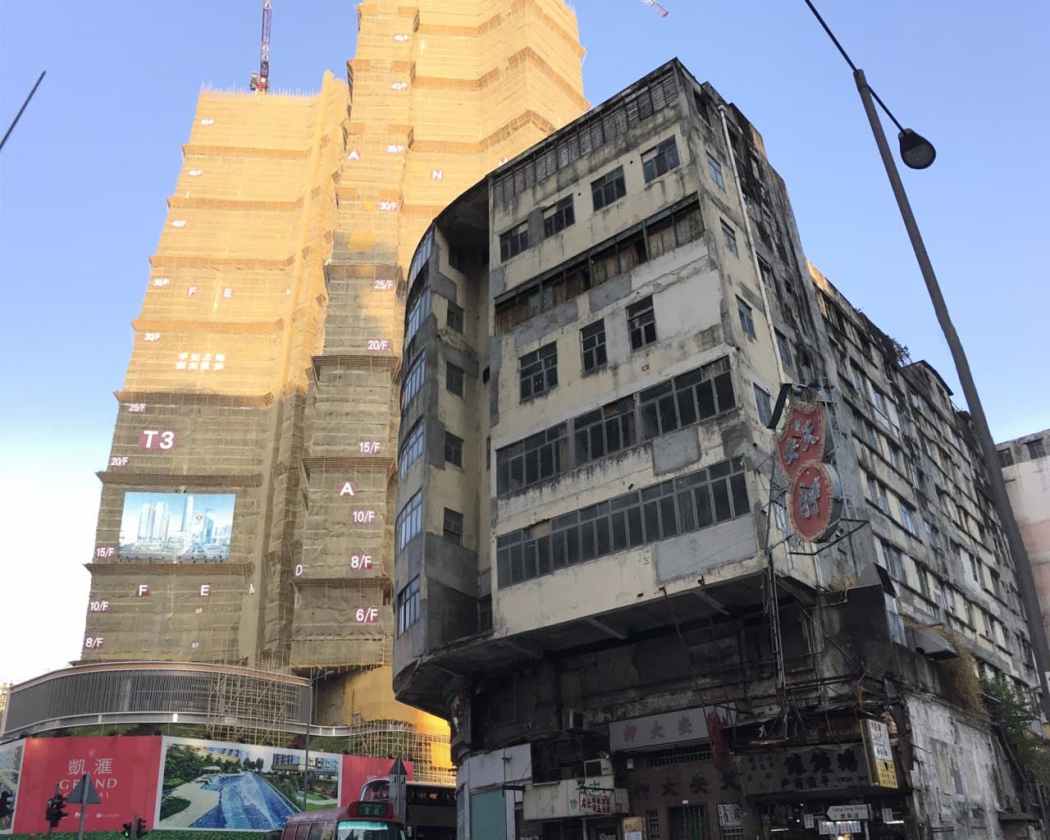
Why now? For the policymakers, the groundwork has been done. The MTR has arrived. The site vacated by demolishing the former Wong Chuk Hang Estate was sold to developers. Of course, they don’t call it the Wong Chuk Hang Estate site. The name of the site is now “topside at Wong Chuk Hang Station”.
In October last year, MTR sold a portion of the site to a consortium formed by Kerry Properties, Swire Properties and Sino Land for HK$6.76 billion. In 2018, CK Asset Holdings paid HK$13 billion to build four residential towers and a shopping mall on another part of the site.
As the Policy Address points out, residents will start moving in two years from now. They will be moving into the flats built by Kerry Properties and Sino Land, which won the MTR tender in 2017. The arrival of people who can afford brand new upmarket flats near an MTR station and on Hong Kong Island will significantly change the demography of Wong Chuk Hang and the neighbouring Aberdeen and Ap Lei Chau.
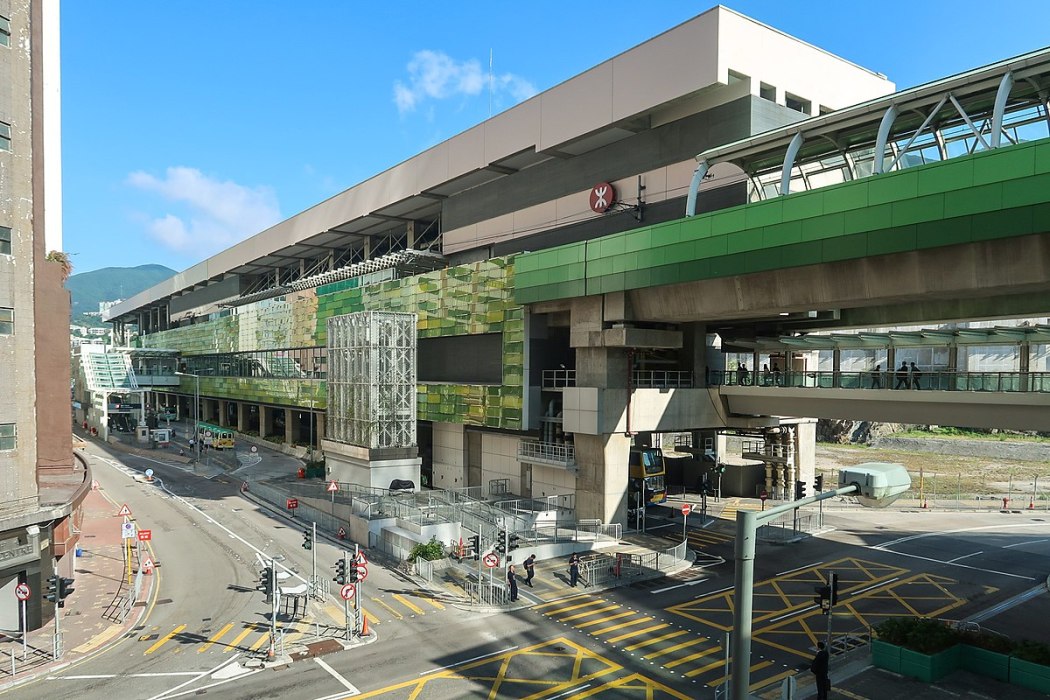
To justify gentrification, the Policy Address vows it will turn the area into “a place full of vibrancy, vigour and velocity for people to work, live, explore new ideas and have fun”, as if Aberdeen, Ap Lei Chau and Wong Chuk Hang were now places with problems.
But the area is already vibrant and fun. My friends living in the Southern District reacted strongly to the claim. Community group Apleichau Metamorphosis put up a post on social media, pointing out “Aberdeen has always been great. There is no such thing as “Great Again”.” The group is annoyed that “the neighbourhood is being planned” by the government.
There were heated debates on social media about the gentrification of Tai Nam Street in Sham Shui Po after the opening of a couple of cafes and galleries. Those who think independent cafes and galleries alone will bring gentrification naively assume that the adventures, opened by culturists with limited budgets, will thrive and bloom, and more people will pour in money.
What has happened and will happen in Wong Chuk Hang is different: a textbook case of gentrification. It is government-led and the work of a growth machine. Accessibility created by the arrival of the MTR, business-friendly measures to attract large-scale private sector investment; together they aggressively alter the physical appearance of the place, which impacts land prices.
There will be cheers and applause from those who will benefit from the process. Wait and see who will lobby for “the revitalisation” of Island South. Then we will know who are members of this growth alliance.
Support HKFP | Policies & Ethics | Error/typo? | Contact Us | Newsletter | Transparency & Annual Report | Apps
| HKFP is an impartial platform & does not necessarily share the views of opinion writers or advertisers. HKFP presents a diversity of views & regularly invites figures across the political spectrum to write for us. Press freedom is guaranteed under the Basic Law, security law, Bill of Rights and Chinese constitution. Opinion pieces aim to point out errors or defects in the government, law or policies, or aim to suggest ideas or alterations via legal means without an intention of hatred, discontent or hostility against the authorities or other communities. |
Help safeguard press freedom & keep HKFP free for all readers by supporting our team

More HKFP OPINION:
HKFP has an impartial stance, transparent funding, and balanced coverage guided by an Ethics Code and Corrections Policy.
Support press freedom & help us surpass 1,000 monthly Patrons: 100% independent, governed by an ethics code & not-for-profit.





